Operation Hailstone
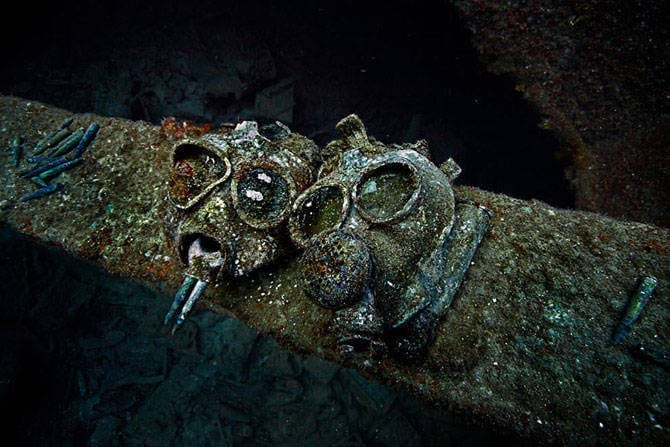
Chuuk Islands - a group of small islands in the Federated States of Micronesia. Historical the name of these islands is Truk.
The history of the Truk Islands began with their discovery by the Spanish mariners and continued with the research of the French navigator Dumont Durville, and then the Russian traveler Fyodor Petrovich Litke. After the Spanish-American war of 1898 of the year by agreement between Spain, Germany and the USA, Micronesia, with the exception of the island of Guam, was bought from the USA by Germany for $ 4,2 million. At the beginning of World War I, in 1914, the islands were occupied by Japan.
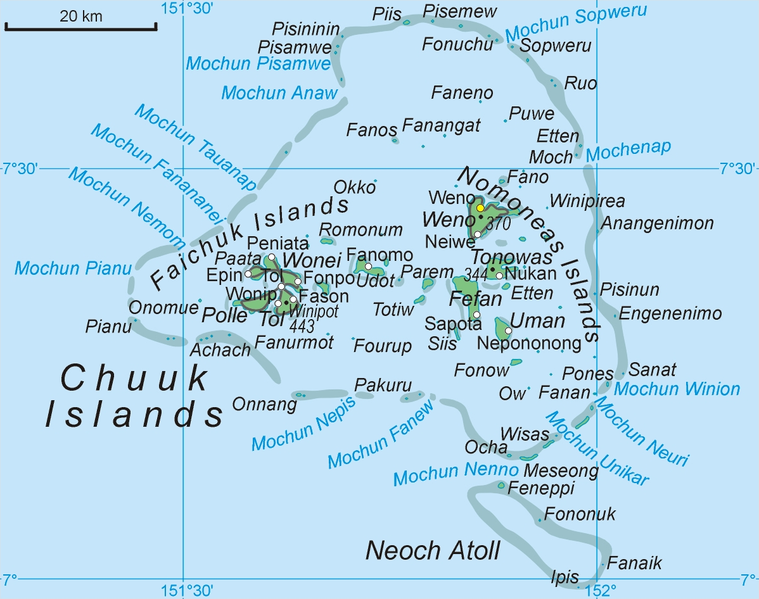
Truk Atoll was a major Japanese logistics base, as well as the "home" naval base of the United fleet Imperial Navy of Japan. In fact, this base was the Japanese equivalent of Pearl Harbor of the U.S. Navy, was the only major Japanese air base within the radius of the Marshall Islands and played a key role in the logistical and operational support of the Japanese garrisons, which constitute the defensive perimeter on the islands and atolls of the central and southern Pacific Ocean.
Five airfields, designed for almost 500 aircraft. In addition, patrol, landing and torpedo boats, submarines, tugs and ship mine trawls took part in ensuring the protection and functioning of the base.
To provide in the air and the sea in the upcoming attack on Eniwetok, Admiral Raymond Sprewens ordered the attack of Truk. The TF 58 operating unit of Vice-Admiral Mark Mitchur consisted of five aircraft carriers: (Enterprise, Yorktown, Essex, Intrepid and Bunker Hill) and four light aircraft carriers: (Bello Wood, Cabot, Monterey and Caupers) who carried more than 500 Cab on board, and more than XNUMX Wood onboard, which carried more than XNUMX onboard, and they carried more than XNUMX onboard. The escort of aircraft carriers provided a large fleet of seven battleships and numerous cruisers, destroyers, submarines and other ships.
Fearing that the base had become too vulnerable, the Japanese had redeployed aircraft carriers, battleships and heavy cruisers of the United Fleet to Palau a week earlier. Nevertheless, numerous smaller warships and cargo ships remained at the anchorage, while several hundred aircraft remained at the airfields of the atoll.
This attack, codenamed Operation Heilstone, took the Japanese military by surprise, leading to one of the most successful US battles during World War II
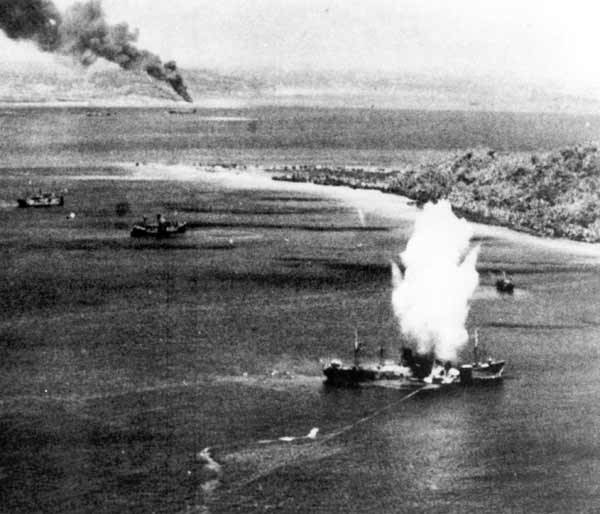
A Japanese cargo ship at Truk Atoll after hitting a torpedo dropped by TBF Avenger of the aircraft carrier Enterprise during an attack on Truk, February 17 1944 of the year.
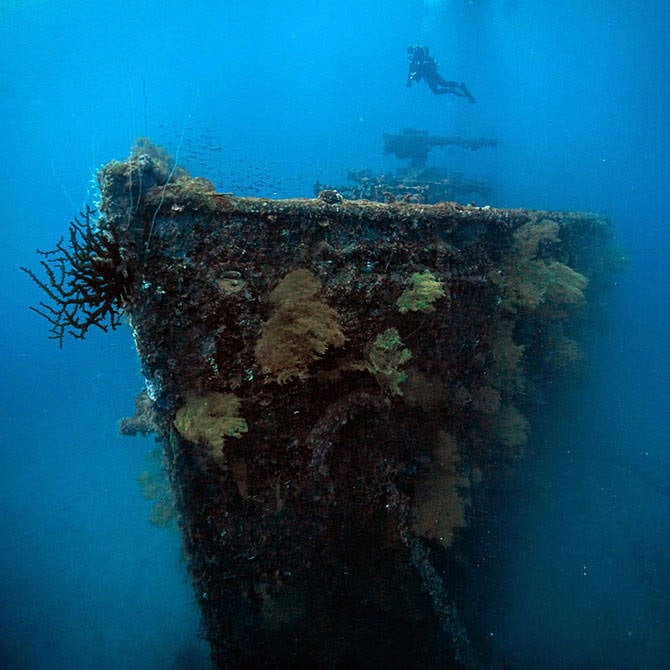
The US offensive was a combination of air raids, surface ships and submarines for two days and seemed to take the Japanese by surprise. Several daytime, along with night air raids, including fighter aviation, dive bombers and torpedo bombers at Japanese airfields, aircraft, coastal infrastructure and ships on and near the anchorage of Truk Island. American surface ships and submarines patrolled the possible directions of departure from the anchorage and attacked Japanese ships that tried to hide from air raids.
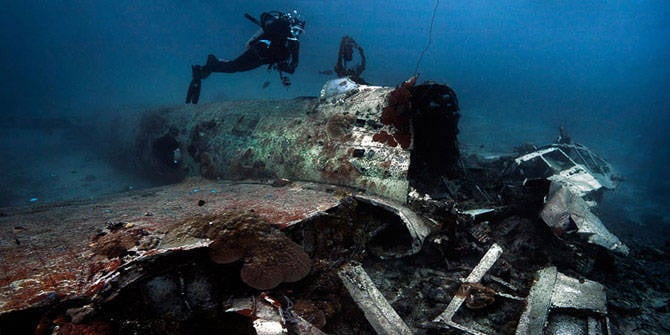
In total, three Japanese light cruisers were flooded during the operation: (Agano, Katori and Naka)
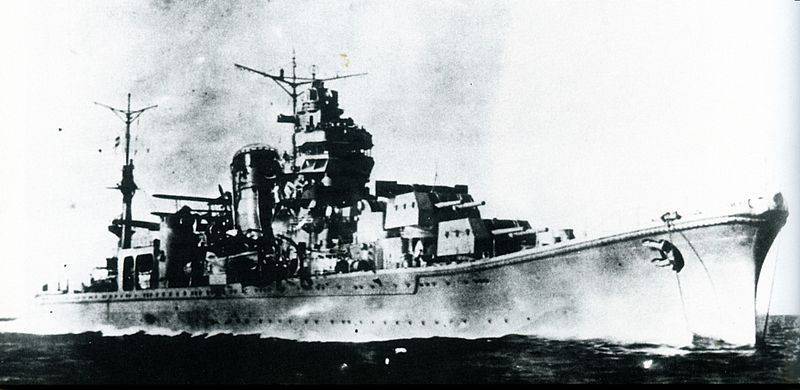
Agano
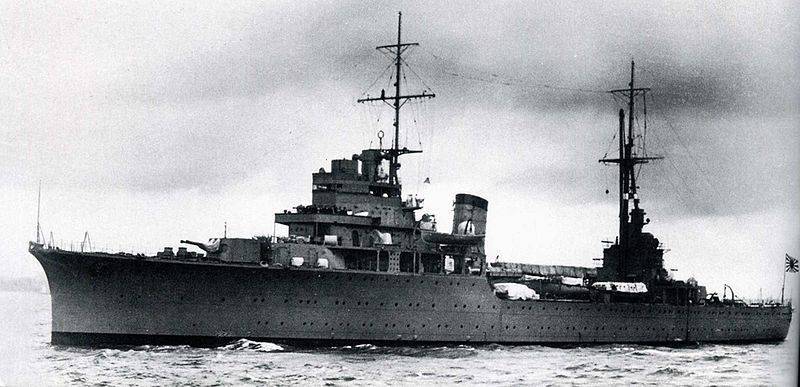
Katori
four destroyers: (Oite, Fumizuki, Maikaze and Tatikade), three auxiliary cruisers (Akagi Maru, Aikoku Maru, Kiyosumi Maru), two submarine bases (Heian Maru, Rio de Janeiro Maru), three smaller warships (including including sea hunters Ch-24 and Shonan Maru 15), air transport Fujikawa Maru and 32 cargo ships.
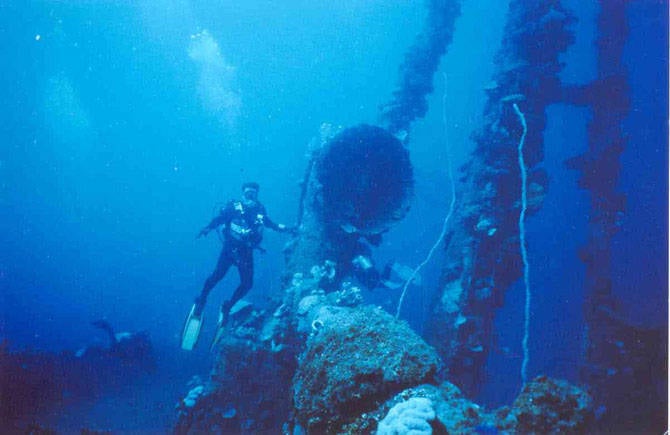
Some of these ships were destroyed at the anchorage, and the rest in the vicinity of Truk Lagoon. Many cargo ships were loaded with reinforcements and cargoes for the Japanese garrisons in the central part of the Pacific Ocean. Only a small number of troops aboard wrecks and a small part of the cargo were rescued.
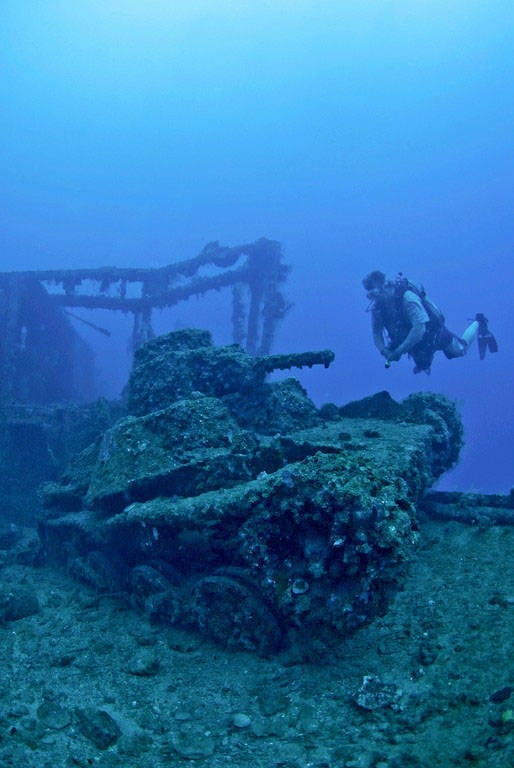
Maikaze and several other ships were flooded by American surface ships during an attempt to leave the anchorage of Truk. The survivors of the sinking Japanese ships, according to reports, refused to rescue the American ships.
Cruiser Agano, injured during a raid on Rabaul and who was already on the way to Japan at the time of the start of the raid, was sunk by the American submarine Skate. Oite, who had raised 523 seamen with Agano, returned to Truk to take part in the defense with his anti-aircraft guns. He was scuttled immediately after the launch of the air attack with all the seamen Agano escaped, only 20 crew members escaped from Oite.
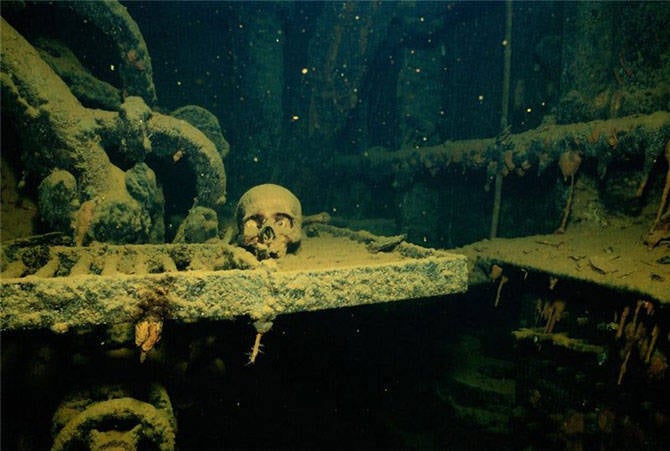
Over 250 Japanese aircraft were destroyed, most still on the ground. Many aircraft were at different stages of assembly, as they had just been delivered from Japan in a disassembled state on board cargo ships. Only a small part of the assembled aircraft were able to take to the air to repel an attack by US aircraft. Several Japanese aircraft that took off were shot down by US fighter jets or gunners.
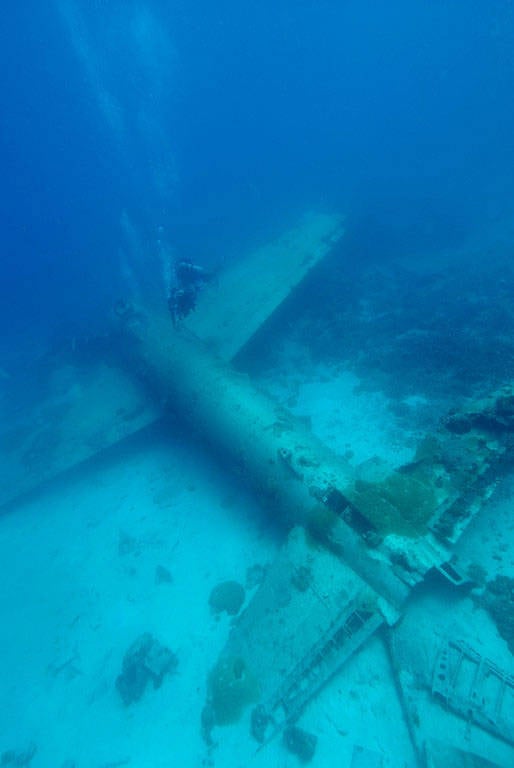
The Americans lost 25 aircraft, mainly from the intense anti-aircraft fire of batteries on Truk. Order 16 American pilots were rescued by submarines or seaplanes. A night torpedo attack by a Japanese aircraft from Rabaul or Saipan damaged Interpid, 11 crew members died, forcing the ship to return to Pearl Harbor, and then to San Francisco for repairs. The ship returned to service in June 1944. Another attack by Japanese aircraft caused the bomb damage to the Iowa battleship.
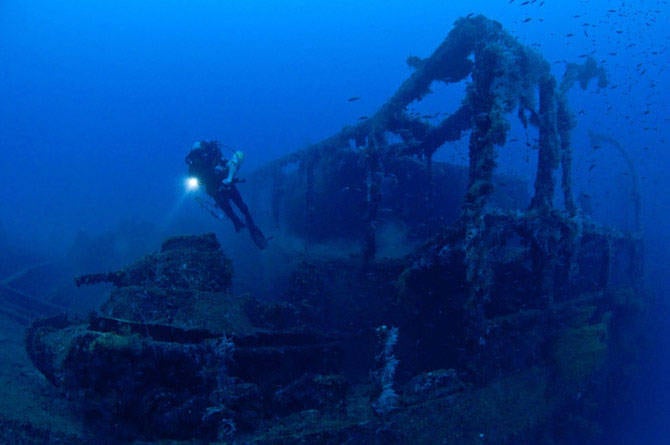
The raid on Truk ended Truk as a major threat to Allied operations in the central Pacific; The Japanese garrison at Eniwetok could not get real help and reinforcements that could help him in defending against the invasion, which began on February 18 of the year 1944 and, accordingly, the attack on Truk made it much easier for the Americans to seize this island.
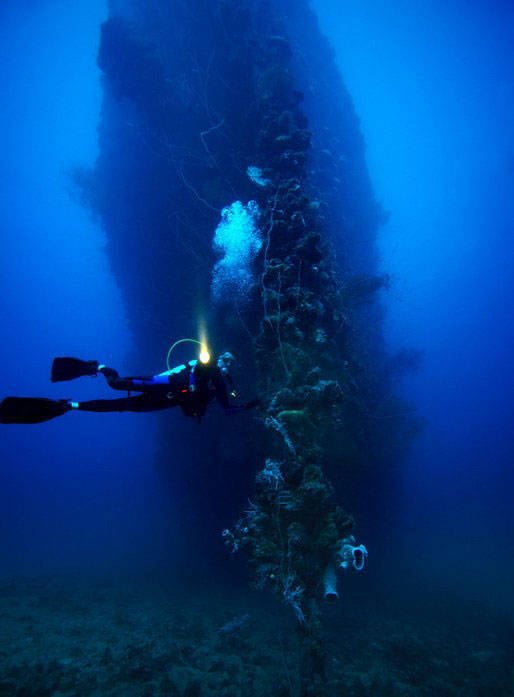
Later, the Japanese transferred the remaining aircraft from Rabaul to Truk around 100. These aircraft were attacked by the US aircraft carrier 29-30 on April 1944, with the result that most of them were destroyed. American planes dropped 92 bombs within 29 minutes, destroying Japanese aircraft. During the April 1944 raids, no ships were found in Truk's lagoon, and this attack was the last raid on Truk during the war.
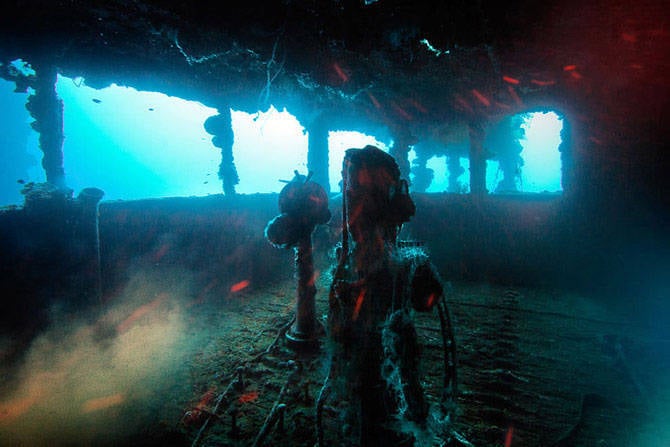
Truk was isolated by the forces of the Allies (mostly the United States), who continued their offensive against Japan, capturing islands in the Pacific Ocean, including Guam, Saipan, Palau and Iwo Jima. Cut off, the Japanese troops on Truk, like other islands in the center of the Pacific, lacked food and faced hunger at the time of the surrender of Japan in August 1945.
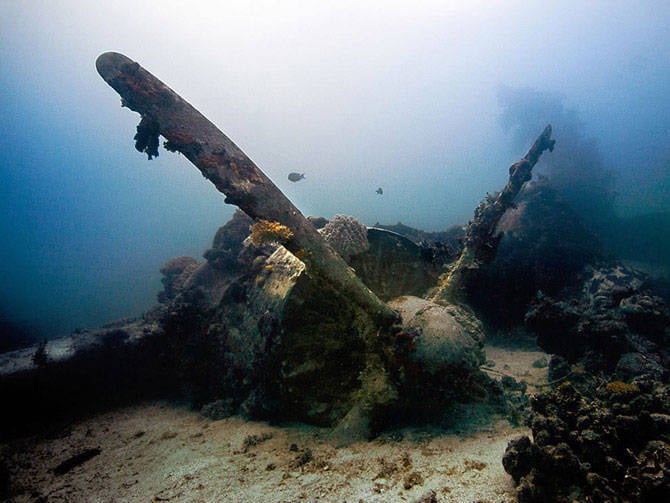
Approximately 20 years later, adventure lovers Jacques-Yves Cousteau, El Giddings, and Klaus Lindemann discovered the delights of this lagoon, in which sunken military vehicles are combined with strings of coral and a variety of the living underwater world.
The Chuuk Islands with their shallow and picturesque lagoons is a real Mecca for divers. Laguna Truk is undoubtedly one of the best places on the planet to dive to sunken ships, a kaleidoscope of colors and shapes attracts divers from all over the world for both day and night dives. But not all the historical side of the lagoon is hidden under the water. The Japanese lighthouses, located on the summits with the best view of the lagoon, can be reached by car or on foot. In addition, experienced guides can show the old runways and command posts, firing positions and cavern networks, hospitals and libraries.
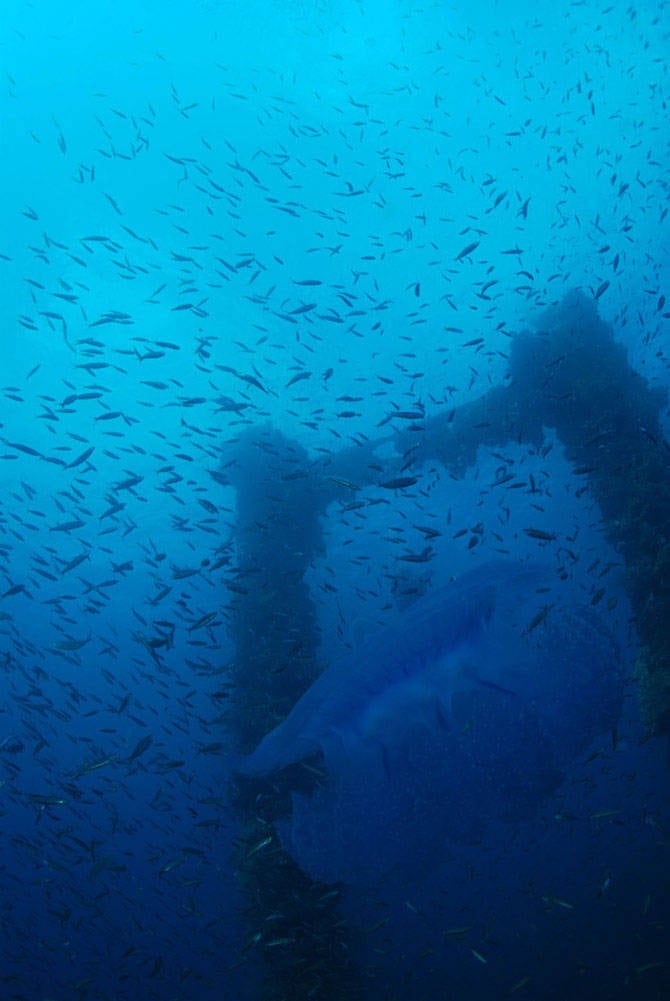
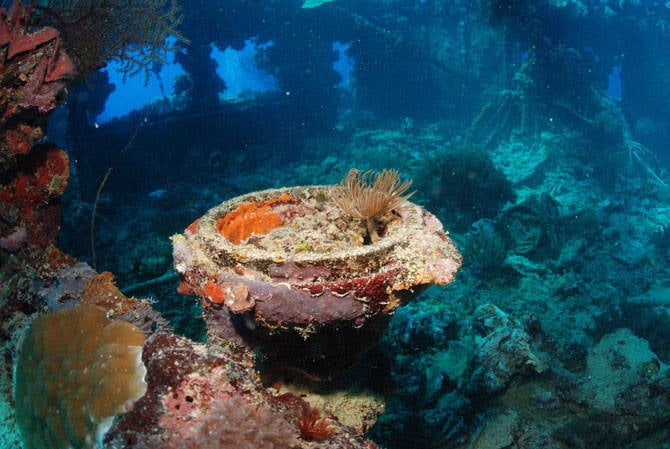
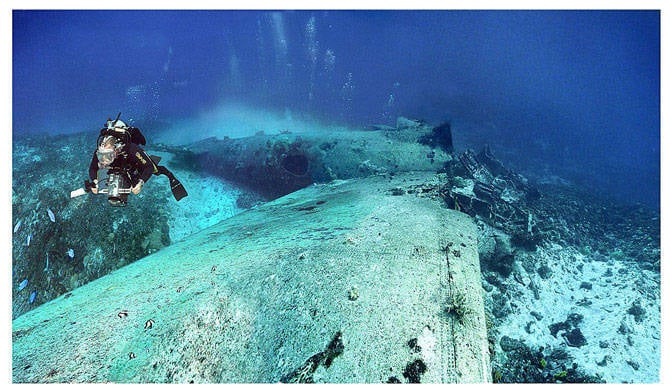
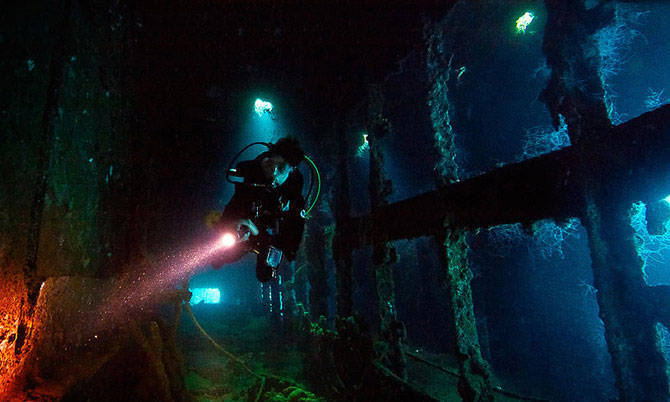
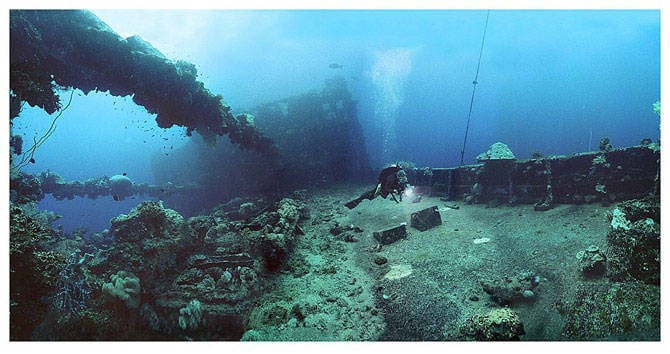
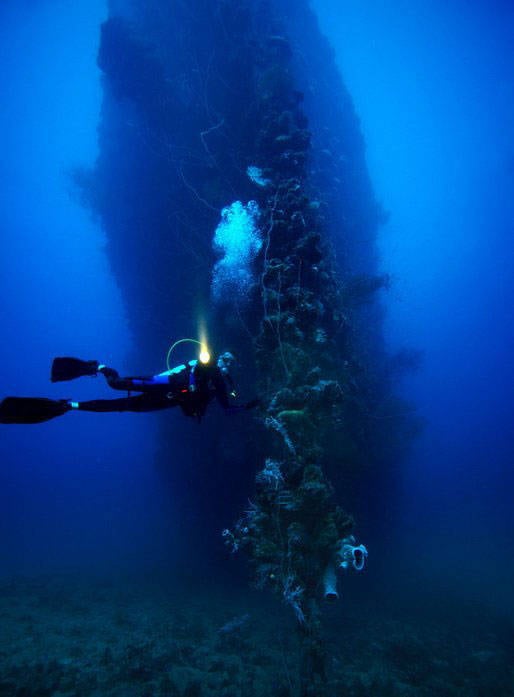
Information